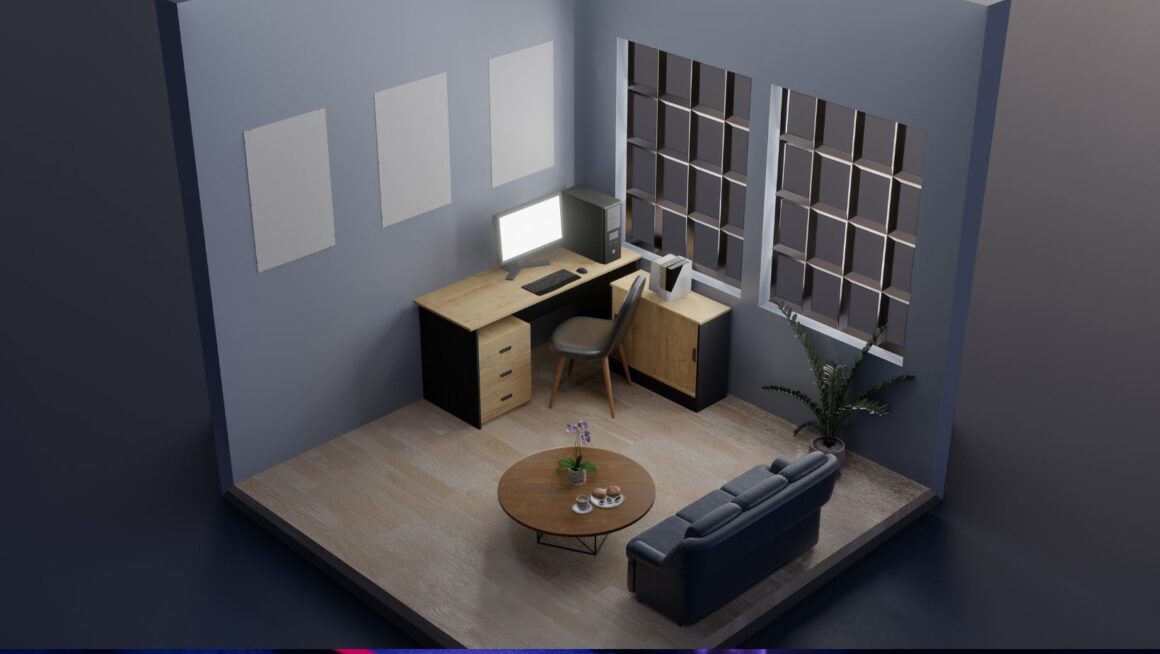In interior design, adaptability and innovation are essential for staying ahead of the curve. Designers constantly seek tools and technologies that enable them to unleash their creativity while meeting the diverse needs and preferences of their clients. One such tool that has emerged as a game-changer in the industry is the 3D furniture configurator. This cutting-edge software not only enhances the design process but also maximizes flexibility, allowing designers to create truly bespoke spaces tailored to their client’s unique vision and requirements.
The Evolution of Interior Design
From Traditional Methods to Digital Solutions
Traditionally, interior design relied heavily on physical prototypes, sketches, and 2D renderings to convey design concepts to clients. While these methods served their purpose, they often lacked the depth and realism needed to fully engage clients and bring designs to life. With the advent of 3D technology, however, designers gained access to a powerful new toolset that revolutionized the way spaces are conceptualized and visualized.
The Rise of 3D Furniture Configurators
At the forefront of this digital revolution are 3D furniture configurators, which offer designers and clients alike a fully immersive and interactive design experience. These software solutions allow users to customize furniture pieces in real-time, adjusting everything from size and shape to materials and finishes with just a few clicks. By providing a virtual canvas for experimentation, 3D furniture configurators empower designers to explore endless design possibilities and fine-tune every aspect of their creations to perfection.
Enhancing Creativity and Customization
Unleashing Design Possibilities
One of the key benefits of 3D furniture configurators is their ability to unleash the full potential of design creativity. Unlike traditional design methods, which often impose limitations on what is possible, these software solutions offer designers unparalleled freedom to explore innovative ideas and push the boundaries of conventional design norms. Whether it’s experimenting with unconventional shapes, combining different materials, or incorporating unique features, 3D furniture configurators enable designers to bring their wildest design fantasies to life.
Tailoring Designs to Individual Preferences
In addition to fostering creativity, 3D furniture configurators also excel at customization, allowing designers to tailor designs to the specific preferences and requirements of their clients. From selecting the perfect color scheme to ensuring furniture pieces fit seamlessly within the overall design scheme, these software solutions put the power of customization directly into the hands of designers and clients alike.

This level of personalization not only enhances the visual appeal of spaces but also creates a deeper sense of connection and ownership for clients.
Streamlining the Design Process
Efficiency Through Automation
In the fast-paced world of interior design, efficiency is key to success. 3D furniture configurators streamline the design process by automating repetitive tasks and minimizing the need for manual intervention. With features such as real-time rendering and instant feedback, designers can quickly iterate on designs, identify potential issues, and make necessary adjustments on the fly. This agile approach not only saves time but also ensures that projects stay on schedule and within budget.
Collaborative Design Workflows
Another advantage of 3D furniture configurators is their ability to facilitate collaborative design workflows. By providing a centralized platform where designers, clients, and other stakeholders can come together to discuss ideas and provide feedback, these software solutions foster greater communication and collaboration throughout the design process. This collaborative approach not only ensures that everyone is on the same page but also results in designs that are more reflective of the client’s vision and expectations.
Realizing Design Vision in Reality
Seamless Integration with Manufacturing
Once the design is finalized, 3D furniture configurators seamlessly integrate with manufacturing processes to bring designs from the virtual world to reality. By generating detailed specifications and technical drawings, these software solutions provide manufacturers with all the information they need to produce furniture pieces with precision and accuracy. This streamlined workflow minimizes errors, reduces waste, and ensures that the final products meet the highest standards of quality and craftsmanship.
Empowering Clients with Visualization
Beyond facilitating the design and manufacturing process, 3D furniture configurators also empower clients to visualize their design vision with unprecedented clarity and detail. By providing photorealistic renderings and immersive virtual tours, these software solutions give clients a true sense of what their finished space will look like before any construction or fabrication begins. This level of visualization not only builds confidence and trust but also helps to mitigate any potential misunderstandings or discrepancies down the line.
Looking Towards the Future
Continued Innovation and Advancement
As technology continues to evolve, so too will the capabilities of 3D furniture configurators. From advancements in artificial intelligence and machine learning to the integration of virtual and augmented reality technologies, the future holds limitless possibilities for innovation and advancement in the field of interior design.

By embracing these emerging technologies and staying at the forefront of digital trends, designers can continue to push the boundaries of creativity and redefine the way we think about and interact with interior spaces.
The Democratization of Design
Perhaps most importantly, 3D furniture configurators have the potential to democratize design, making it more accessible and inclusive for everyone. By putting powerful design tools in the hands of designers and clients alike, these software solutions empower individuals to take ownership of their design projects and express their creativity in new and exciting ways. Whether it’s a professional designer working on a high-profile commercial project or a homeowner looking to redesign their living room, 3D furniture configurators offer a level playing field where creativity knows no bounds.
In conclusion, 3D furniture configurators represent a paradigm shift in the world of interior design, offering designers unparalleled flexibility, customization, and efficiency. By harnessing the power of technology, these software solutions are revolutionizing the way spaces are conceived, created, and experienced, paving the way for a more innovative, collaborative, and inclusive design future. As designers continue to embrace these tools and push the boundaries of what is possible, the sky truly is the limit for the future of interior design.



